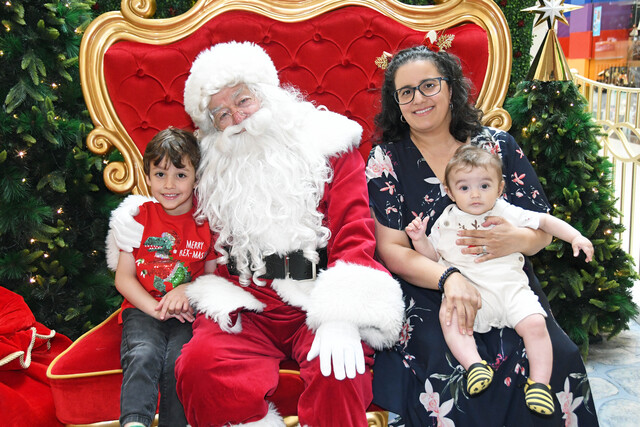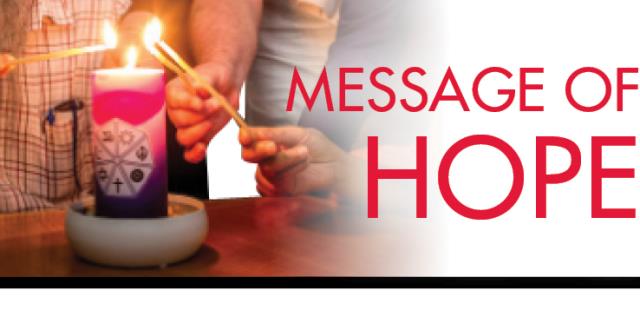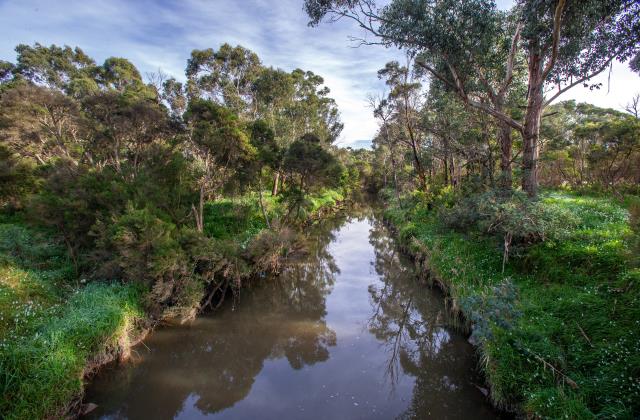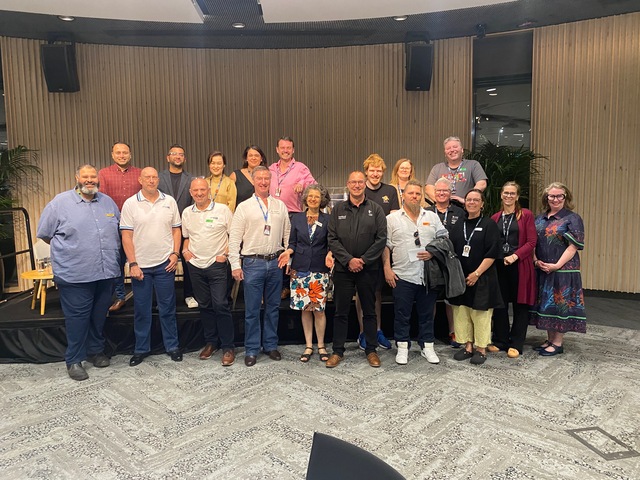A pair of police officers who were attacked by a radicalised teen at Endeavour Hills police station have been cited for bravery.
In the August Australian Bravery Awards, the men known only as Officer A and Officer B were listed as recipients of the Bravery Medal.
The medal is awarded for “considerable bravery” in “hazardous” circumstances.
On the night of 23 September 2014, the pair had pre-arranged a meeting with ‘person-of-interest’ Numan Haider, 18, in the police station car park.
Officer A advised Haider that a pat-down body search was required before entering the station.
Without warning, the man drew a knife, lunged and cut the officer’s left arm. The officer fell to ground with serious injuries.
Officer B then approached Haider and was stabbed several times to the head and neck.
After the officer fell to ground, Haider crouched over to stab him in the stomach.
Officer A regained his feet and fired a shot that fatally wounded Haider.
A State Coroner later found the cause of Haider’s death was his own dangerous conduct.
“I find that Numan engaged in a course of conduct that involved radicalisation and behaviour that was increasingly dangerous, ultimately causing his death,” the coroner John Olle stated.
Officer A, who had fired the single fatal shot, was left with no other realistic option.
“Other non-fatal tactical options available to Officer A would not have prevented the potentially fatal injuries being inflicted on Officer B by Numan.”
Mr Olle found the risk assessments and decisions to meet Haider “could not reasonably be subject to criticism”.
Before his attack on police, Haider had made several Facebook posts supporting “extremist views”.
He sought weapons such as a knife and a Taser disguised as an iPhone.
He was believed to have visited an extremist Islamic centre in Bankstown just over a week before the fatal incident.
His passport was also cancelled due to the belief he could join overseas terrorist groups.
Days before, a Facebook post depicted Haider in a balaclava, military camouflage and holding a Shahada flag in the style of “members of terror groups”, and calling police and ASIO “dogs” in the wake of large-scale raids on mosques in Sydney and Brisbane.
Officer A and B had not been alerted to the post prior to the meeting. They later told the inquiry this was a significant omission.
Mr Olle said he couldn’t eliminate “hindsight bias” from assessing the post’s significance. He found there was no causal connection between that information and the manner and cause of Haider’s death.
Haider’s radicalisation transformed a “happy go lucky” teenager of a practicing Muslim family.
At age 7, Haider and his family had fled Afghanistan from persecution by the Taliban. He attended Southern Cross Primary School in Endeavour Hills and Lyndale Secondary College in Dandenong North.
In his last months, he lost interest in his apprenticeship and playing sport, became obsessed with Middle East issues and spent “inordinate” time with a group of young males.
He met some of the group at Hallam mosque, and with one of them he attended the Al-Furqan centre in Springvale South, which was linked to recruitment for jihadist groups such as Islamic State.
“It is those closest to the individual, such as Numan’s friends and associates in this case, that were best placed to be aware of his increasing radicalisation, but they did not act on it, for reasons which are unclear,” Mr Olle stated.







